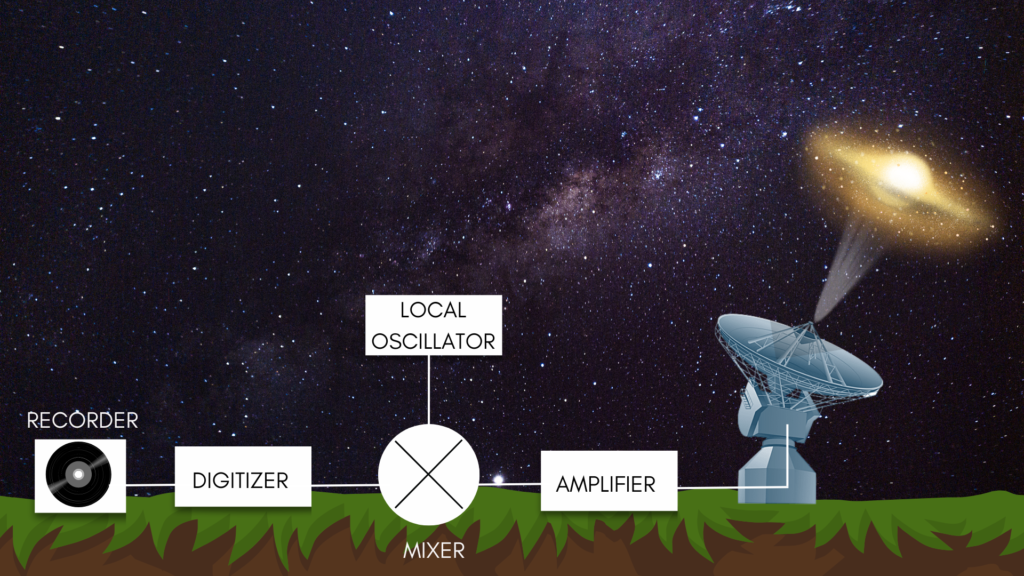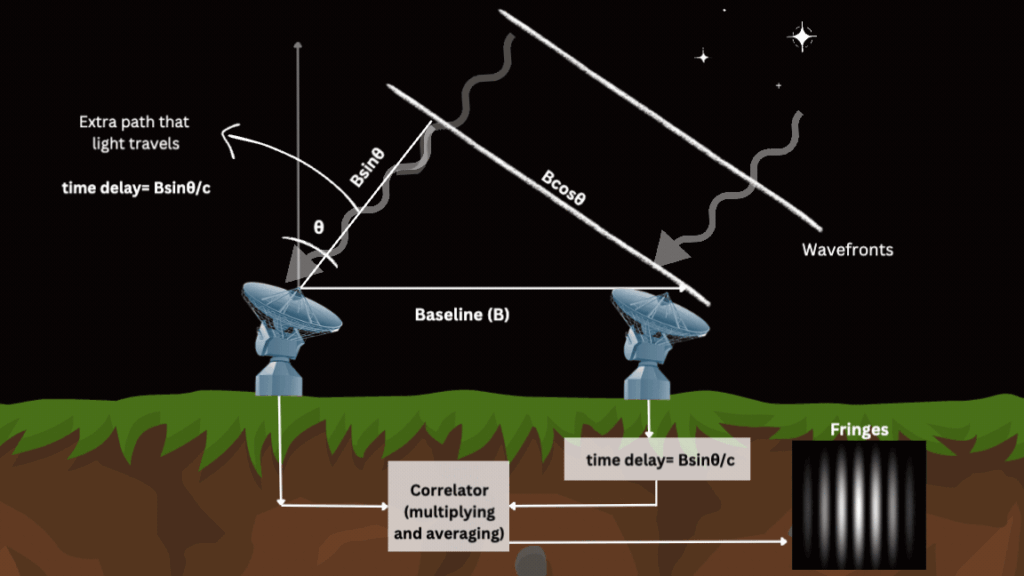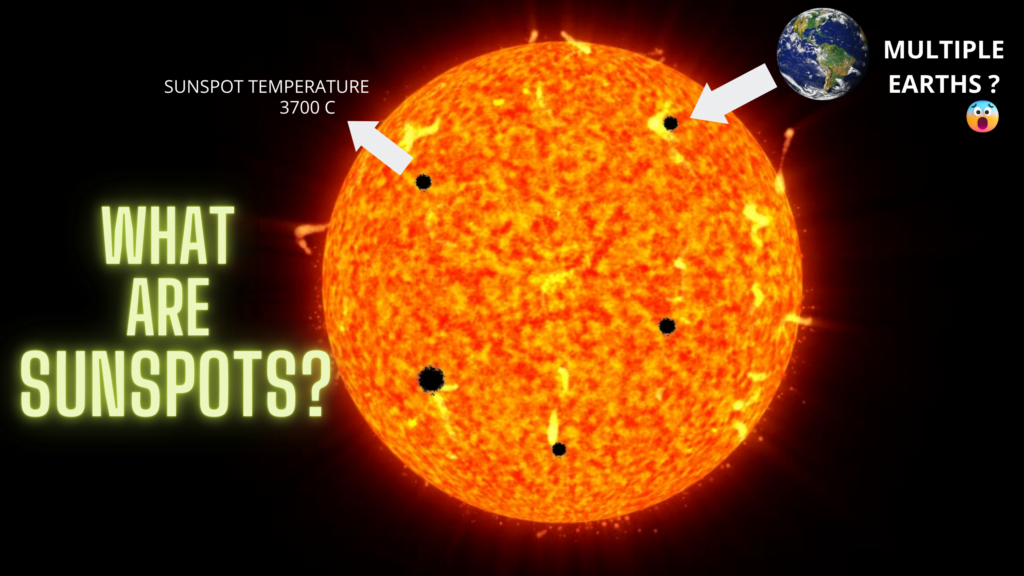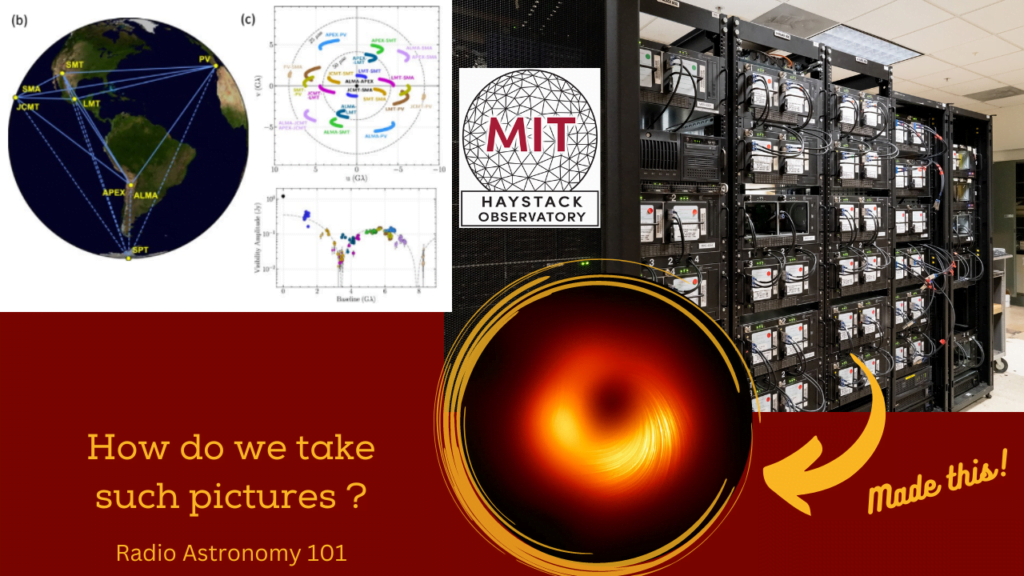Radio telescopes are sophisticated instruments that allow astronomers to explore the universe in the radio spectrum. Unlike optical telescopes that collect visible light, radio telescopes capture radio waves emitted by celestial objects. This capability is crucial for studying astronomical phenomena that are invisible in the optical range, such as pulsars, quasars, and cosmic microwave background radiation.
The Basics of Radio Telescopes
A radio telescope primarily consists of three main components: the antenna, the receiver, and the data analysis system. The antenna, often a large parabolic dish, collects incoming radio waves and focuses them onto the receiver. The receiver then amplifies these signals and converts them into data that can be analyzed.
- Antenna: The parabolic dish, sometimes spanning hundreds of meters in diameter, is the most recognizable part of a radio telescope. The dish reflects incoming radio waves to a focal point, where the receiver is located. The larger the dish, the more radio waves it can collect, increasing the telescope’s sensitivity.
- Receiver: Located at the focal point of the dish, the receiver amplifies the faint radio signals collected by the antenna. Modern receivers are highly sensitive and can detect signals that are extremely weak, often less than a billionth of a watt.
- Data Analysis System: The amplified signals are then converted into digital data, which is processed and analyzed by computers. Advanced algorithms and software help astronomers interpret the data, creating images and spectra that reveal the properties of the observed celestial objects.

How Do Radio Telescopes Work?
Radio telescopes operate by capturing radio waves from space and converting them into usable data. The process can be broken down into several steps:
- Detection: The parabolic dish antenna collects radio waves and focuses them on the receiver. The dish’s shape ensures that the radio waves from a specific direction are concentrated at the focal point.
- Amplification: The receiver amplifies the weak signals, making them strong enough for further processing. This step is critical because radio signals from space are incredibly faint compared to the ambient radio noise on Earth.
- Conversion: The amplified signals are converted into electrical signals, which are then digitized. This conversion allows the data to be processed using computers.
- Analysis: The digitized data is analyzed using specialized software. Astronomers use this data to create images, measure spectra, and study the properties of celestial objects. This analysis can reveal information about the object’s temperature, composition, motion, and more.
Applications of Radio Telescopes
Radio telescopes have revolutionized our understanding of the universe. Some of their significant contributions include:
- Mapping the Universe: Radio telescopes have mapped the distribution of hydrogen, the most abundant element in the universe. This mapping helps astronomers understand the structure and evolution of galaxies.
- Studying Pulsars: Pulsars are highly magnetized, rotating neutron stars that emit beams of radio waves. Radio telescopes have discovered and studied numerous pulsars, providing insights into the extreme conditions of these objects.
- Exploring Black Holes: Radio telescopes can detect the emissions from material falling into black holes. These observations help scientists study the behavior of matter in extreme gravitational fields.
- Investigating Cosmic Microwave Background Radiation: The faint afterglow of the Big Bang, known as the cosmic microwave background radiation, is best studied with radio telescopes. These observations have provided critical evidence for the Big Bang theory and the early universe’s conditions.

Visiting the Very Large Array (VLA)
The Very Large Array (VLA) in New Mexico is one of the world’s most famous radio observatories. Comprising 27 radio antennas, each 25 meters in diameter, the VLA operates as an interferometer, combining signals from individual antennas to simulate a much larger telescope. This technique enhances resolution and sensitivity, allowing astronomers to make detailed observations of distant cosmic phenomena.
During my visit to the VLA, I documented the intricate workings of this impressive facility. Walking among the giant dishes and climbing inside one of the antennas provided a firsthand look at the technology behind radio astronomy. The experience was awe-inspiring, highlighting the incredible engineering and scientific ingenuity that makes exploring the radio universe possible.
In conclusion, radio telescopes are essential tools in modern astronomy. They open a window to the radio universe, revealing phenomena invisible to optical telescopes and expanding our understanding of the cosmos. From studying the early universe to investigating black holes and pulsars, radio telescopes continue to uncover the mysteries of the universe.

